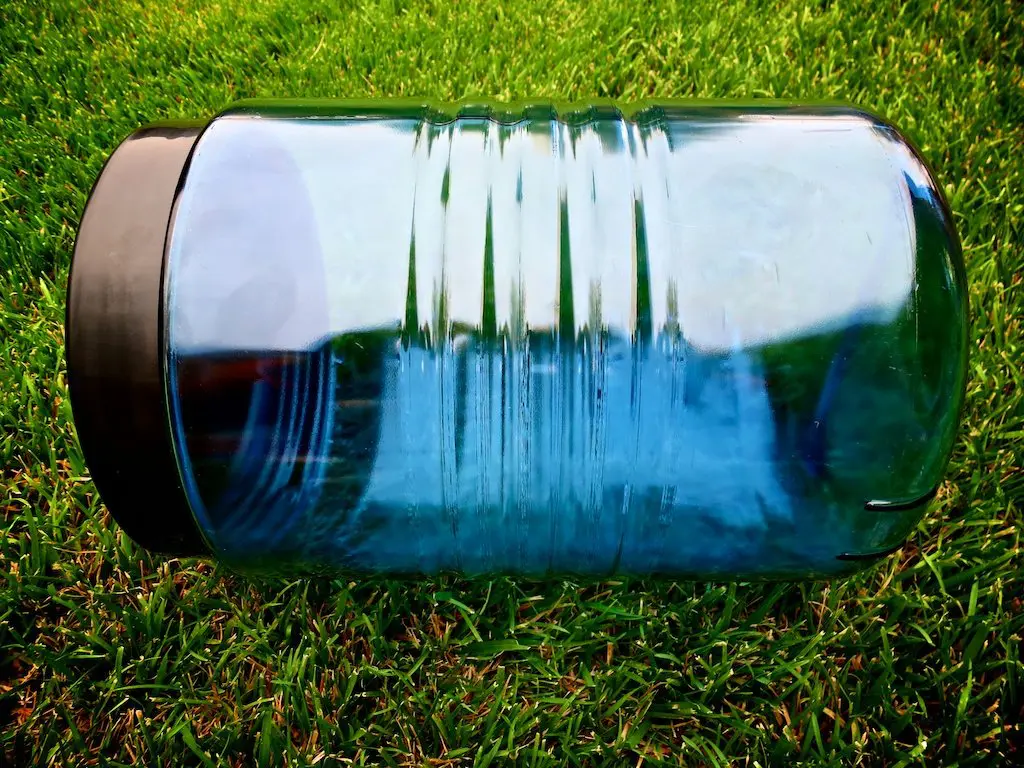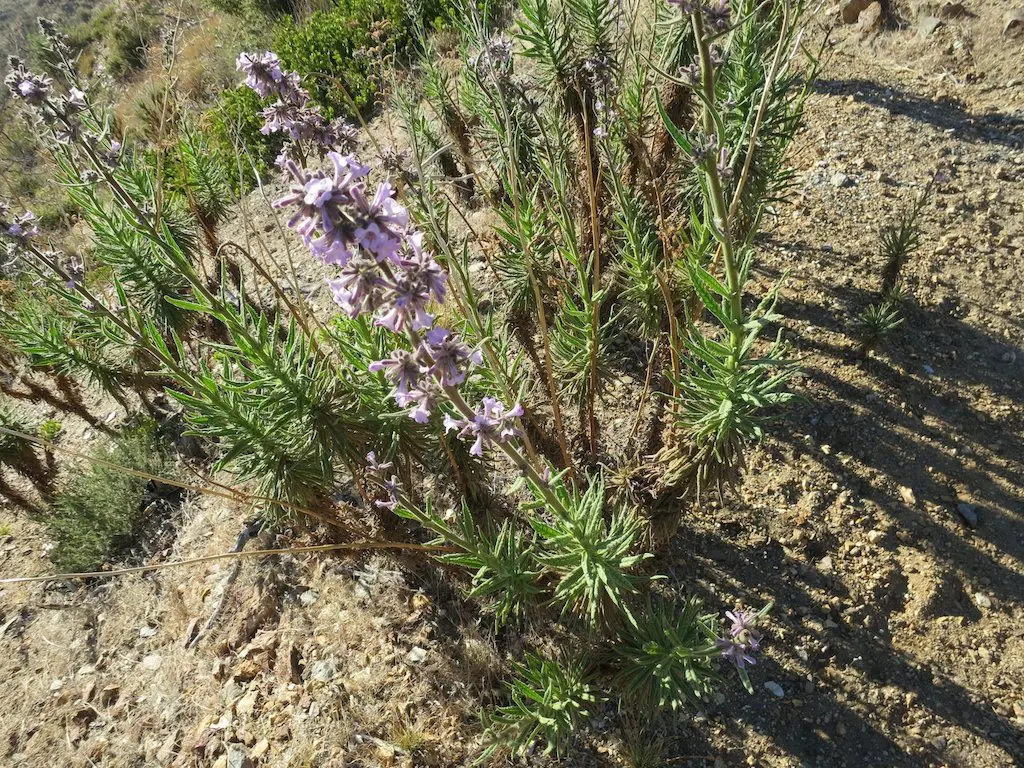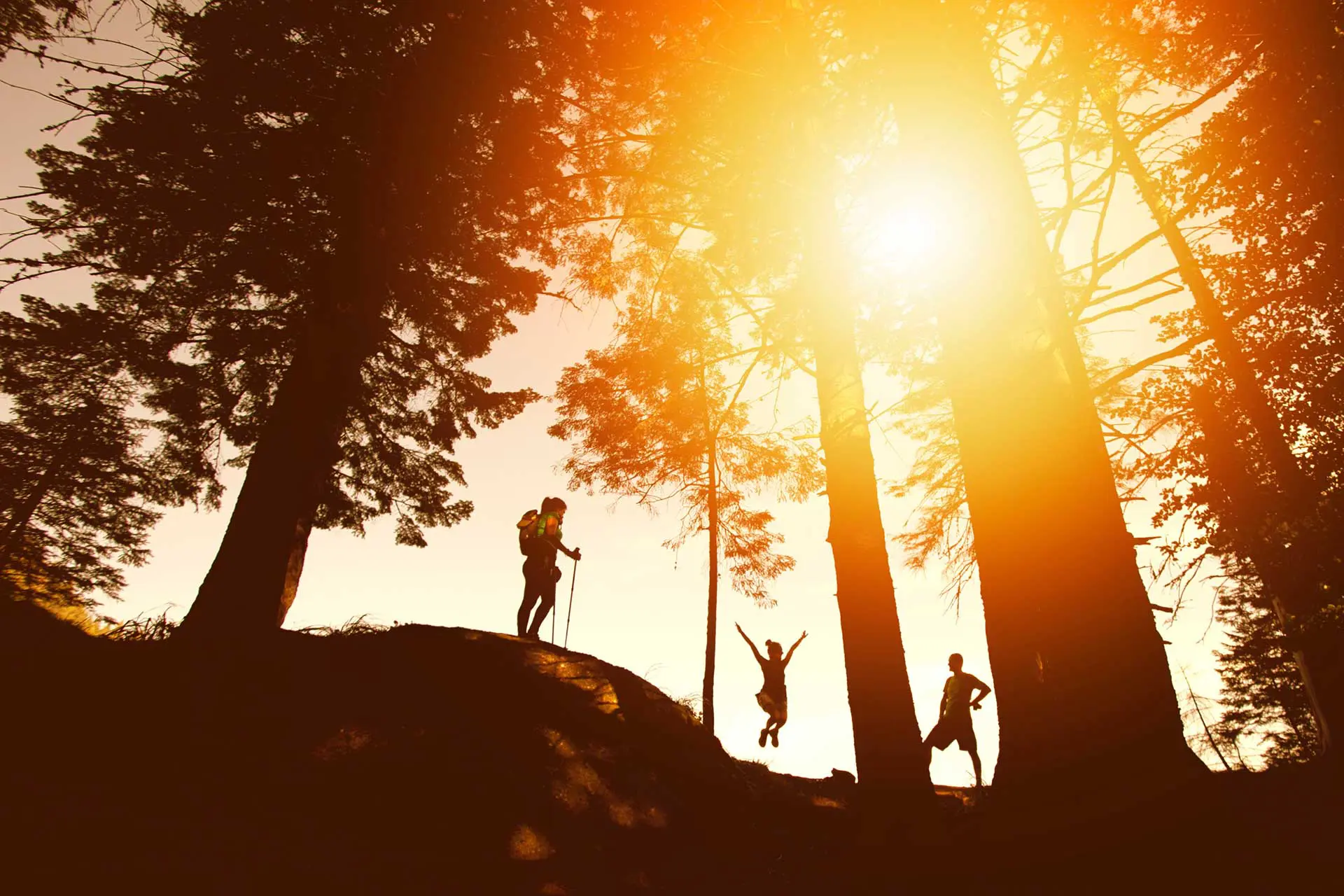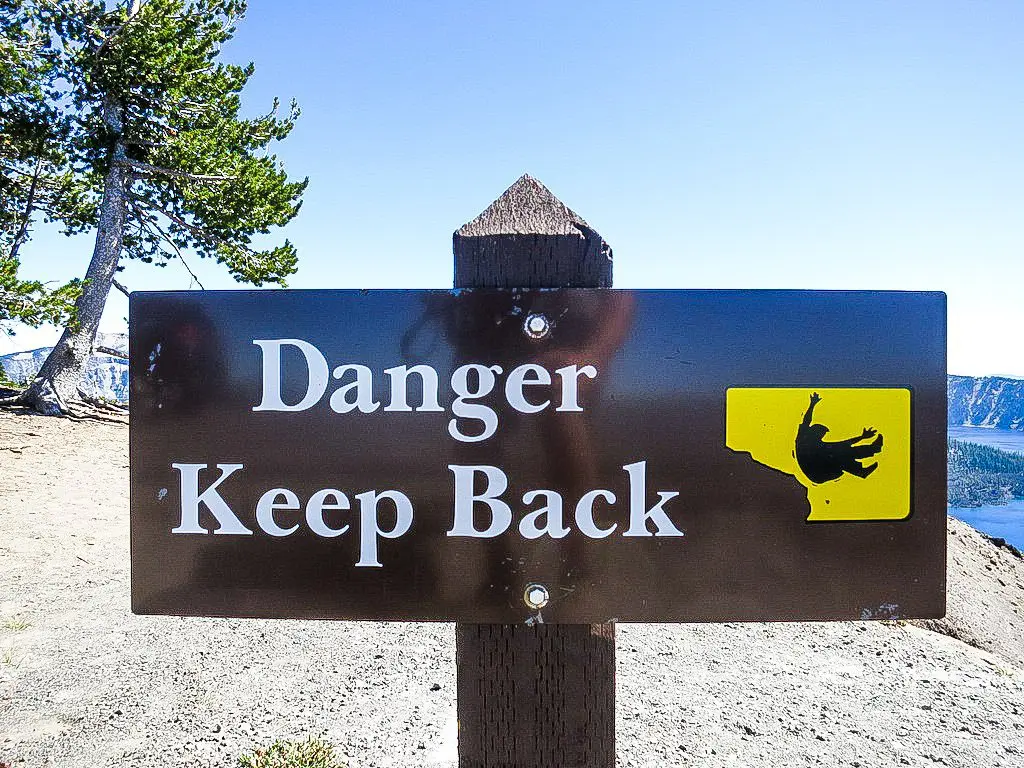The Bear Canister: Combating And Outsmarting Hungry Bears
As we are all well aware, bears are the greatest threat to hikers on the Pacific Crest Trail and around the world (yes, the world).
The world’s top bear experts have long maintained that after human flesh, human food (that’s food that humans consume) is the number one attractor of bears in the wild.
Unfortunately for me, I will be carrying anywhere from three days to almost two weeks’ worth of food with me at any given time along the PCT. How I will keep the bears at bay, I do not know.
BUT WAIT! Fortunately, after countless hikers lost their lives (and food) to the bears, some good-doing capitalists realized that there was money to be exploited from the surviving hiker population and so the bear canister was born. Does the bear canister revolutionize the way hikers interact with native bear populations? Preliminary research points to yes.

The Bear Canister
So what exactly is a bear canister?
Quite simply: it is a large, heavy, hollow piece of plastic used to store food that can be opened and closed (but not by bears).
The aptly named BearVault manufactures the bear canister I have elected to protect my food with. Since I plan on making as few stops along the PCT as possible, I will use the 2.5-pound BV500 model with 700 cubic inches (11.5 liters) of food-storing space inside (instead of the smaller BV450 with only 440 cubic inches (7.2 liters) of space).
Yet our friends at BearVault are not without competitors. A company by the name of Wild Ideas produces a bear canister, the Bearikade Expedition, with a larger capacity (900 cubic inches), that weighs less, but with a price tag of over $200 more than the BV500, it makes no sense to invest in the extra space and weight savings.

What’s the Secret?
It would seem that we humans have discovered a weakness of the bears: they cannot open lids with locking tabs (that need to be pressed in to unscrew).
Previous attempts at creating a bear-proof food canister employed the use of a single locking tab, but according to BearVault’s website, “bears…learned how to open BearVault…by pressing in the snap on the lid with its canine tooth, unscrewing the lid past the housing lock and then opening the unit.”
The solution? The BV500 now features not one, but two locking tabs!
This upgrade appears to confuse and disorient the bears into surrendering their pursuit of hiker food. Still, with the increased number of tabs, some hikers report trouble opening the lid after cold nights and the canister becoming near frozen. Hopefully, I will be able to get to my Cheerios (honey nut, of course) regardless of temperature.

But Does It Work?
Many have speculated on the validity of BearVault’s claims (myself included).
The BV500 bears the stamp of approval from both the Sierra Interagency Black Bear Group (SIBBG) and the Interagency Grizzly Bear Committee (IGBC) (great acronyms, guys) who have independently confirmed that the bear canister’s design is in fact clever enough to outsmart both black bears and grizzly bears.
Sure, anyone can say that some supposed “bear canister” can protect your food against bears, but few people ever get to actually put those claims to the test. However, one brave soul found his BearVault in the hands of a hungry bear and instead of fleeing into the hills (the best option when encountering a hungry bear), he chose to film the animal’s futile attempts to break the Vault’s code.
Watch at your own risk (and no, the bear is NOT cute):







Gotta AirTag that bear canister
Not a bad idea.
On what parts of the trail did you use a bear canister? Also did you buy it beforehand or did you purchase it on the trail somewhere?
I bought my bear canister beforehand and used it from Kennedy Meadows (I shipped it there) until South Lake Tahoe where I shipped it home (although you can drop it in Bridgeport too).
Here’s what I used: http://amzn.to/1Pl3YcO
The bear can’t get the food, sure, but there are much more simple (and lighter!) ways to accomplish that. A little rope, a trash bag and a tree will suffice.
If you’re in a place where you can’t hang food (no trees) bears/wolves/mountain lions shouldn’t be a problem and smaller animals will stay away from a human occupied tent.
After talking with some bear experts (BearCat), I have been convinced that there is no proper way to do a truly bearproof hang in nature. Although I have little firsthand empirical evidence one way or the other.
But even if there is a perfect hang, many national parks in the US require that you carry a bear cannister with you – and those fines are no joke.
Well I do have a bit of first hand bear experience. Having your food in a container buys you nothing at all. You still need to hang your packs. If the place you are visiting requires bear proof containers, buy them, but do not expect them to do you any good. You need to hang your packs.
Never, ever, EVER keep food of any kind in your tent, even in a bear canister. Never keep food outside your tent or anywhere near it.
Hang your pack with all food/smelly items (gum, candy, mints, cigarettes, deodorant, and cologne included… ) at least 100 yards away from your camp in a high tree as far out as possible from the trunk of said tree.
Plain water in a clean container is the only safe substance to have in a sleeping area.
I have actually witnessed a black bear lift her cub at least seven feet up a tree to the first branch, and watched that cub climb another eight feet before climbing out on the branch from which I’d done a perfect hang. The branch was no more than two inches around at the point of the hang, but the cub made it out there, chewed through the line, and dropped my food bag.
And I wasn’t about to go holler at a mother with cubs. Alone.
Yeah, that only happened once in three seasons of deep backcountry hiking every weekend when I was working on trail crews. Otherwise, proper hangs always worked.
It *did* happen, and in the long run it could mean that poor mama bear and who knows how many cubs of hers wound up dead.
Bears: outsmarting humans since probably the beginning of time.